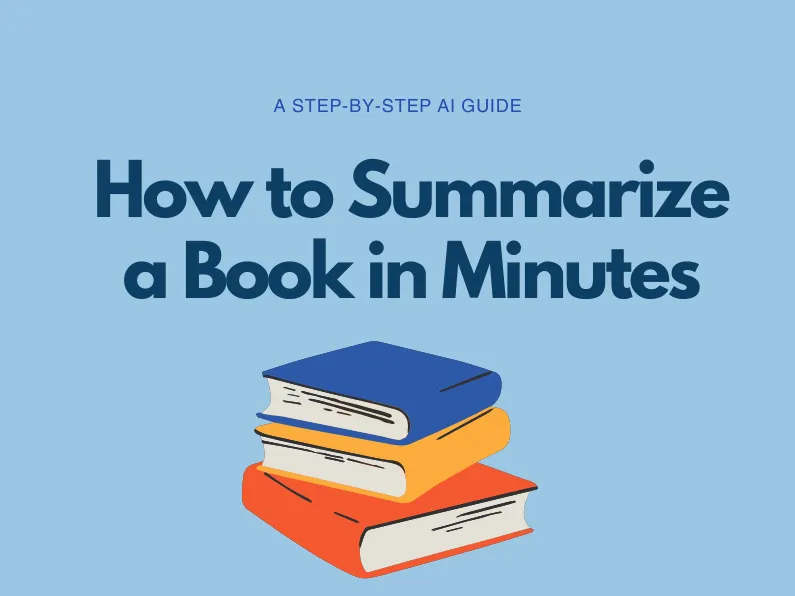Discover how the “Not competitive price” label impacts Amazon sellers in 2024, driving the need for strategic pricing while ensuring profitability in a competitive landscape.

As the autumn promotions for Prime members kick off in 2024, the pressure to maintain “competitive pricing” has never been greater for Amazon sellers. In the midst of numerous sales campaigns, many sellers chase after explosive traffic and increased sales, even if it means sacrificing profit margins. However, this year marks a turning point as sellers are beginning to adopt a more calculated approach, focusing on maximizing profits rather than merely chasing sales volume.
A notable change in the Amazon marketplace is the introduction of the label “Not competitive price” that appears on certain product detail pages. This label indicates to buyers that the item’s price may be higher than similar products available on the platform. Imagine a potential customer browsing through products only to see a warning from Amazon itself about pricing. Such a label can significantly dampen the desire to purchase, as it highlights the risk of overpaying. If consumers see this label, their confidence may wane, causing them to reconsider their purchase altogether.
The emergence of the “Not competitively priced” label has forced sellers to rethink their pricing strategies. This label serves as a wake-up call, pushing sellers to lower their prices in line with market expectations. Understanding the competitive price rule by Amazon is crucial in this context. Essentially, this rule ensures that sellers’ prices align closely with those of competitors to foster a fair marketplace. Products that do not meet these competitive price thresholds risk reduced visibility on the platform, which could lead to decreased sales opportunities.
In recent years, the global economic landscape has introduced significant challenges for Amazon, which typically targets mid- to high-end markets. The rise of low-cost cross-border e-commerce platforms like Temu and Shein has intensified competition. These platforms attract price-sensitive consumers with their competitive external prices, posing a formidable challenge to established e-commerce giants like Amazon.
Examining seasonal spending, data from the National Retail Federation (NRF) reveals a decrease in Halloween spending expectations for 2024. Total consumption is projected at $11.6 billion, down from last year’s record of $12.2 billion. Despite this decline, the percentage of consumers planning to celebrate Halloween remains steady at around 72%. This indicates that while consumer interest is consistent, their purchasing power has declined, with per capita spending decreasing from $108.24 to $103.63.
In response to these market shifts, Amazon is adjusting its strategies to cultivate a “low-priced traffic pool.” This approach aims not to trigger a damaging cycle of price wars but to strike a balance that meets consumer needs while enabling merchants to maintain profitability. Although some sellers may focus solely on offering the lowest prices during the Prime promotions, Amazon emphasizes a more holistic approach that prioritizes value.
Sellers should recognize that the introduction of low-priced competition during promotions does not mean sacrificing quality or profitability. Instead, the goal is to create a positive consumption cycle that encourages buyers to engage with products that meet their needs. By leveraging Amazon’s Buy Box strategically, sellers can optimize their chances of gaining visibility and sales.
Moreover, understanding what constitutes the competitive price rule by Amazon is essential for success. This rule helps sellers ensure their products are priced appropriately to compete for the Buy Box, which is a key driver of sales on the platform.
In conclusion, navigating the landscape of Amazon competitive pricing in 2024 requires sellers to adapt quickly to changing market conditions. By embracing the implications of the “Not competitive price” label and aligning their pricing strategies with the competitive price rule, sellers can not only survive but thrive in this dynamic e-commerce environment. Ultimately, focusing on value, quality, and competitive pricing will lead to better outcomes for sellers and a more satisfying shopping experience for consumers.




